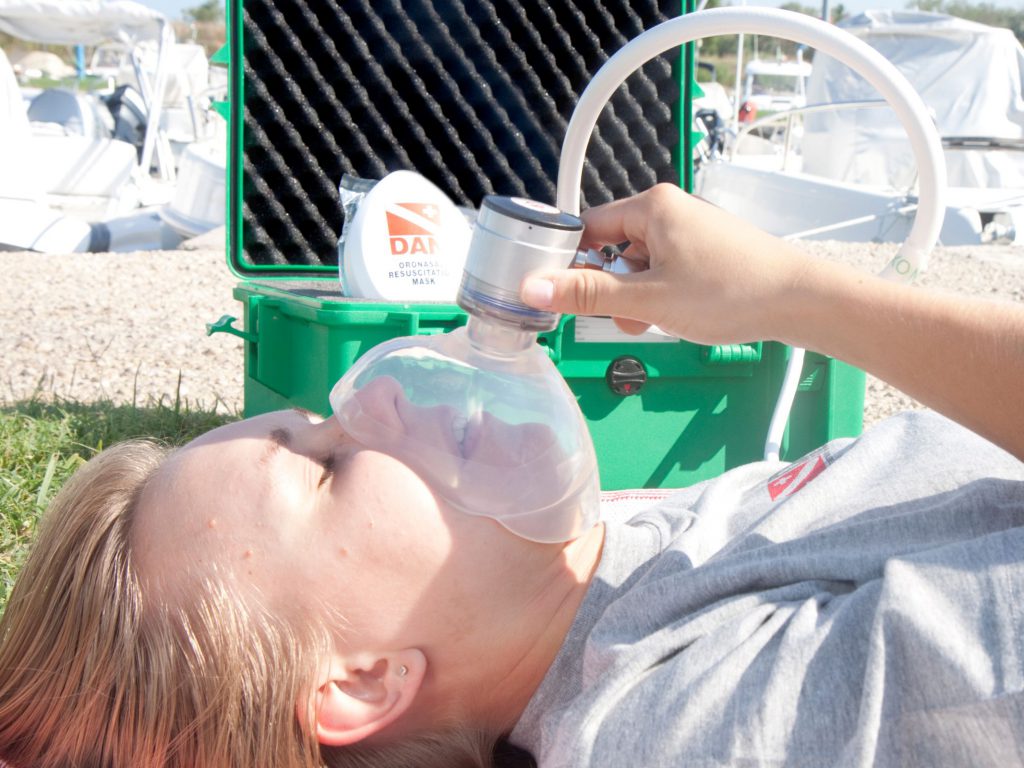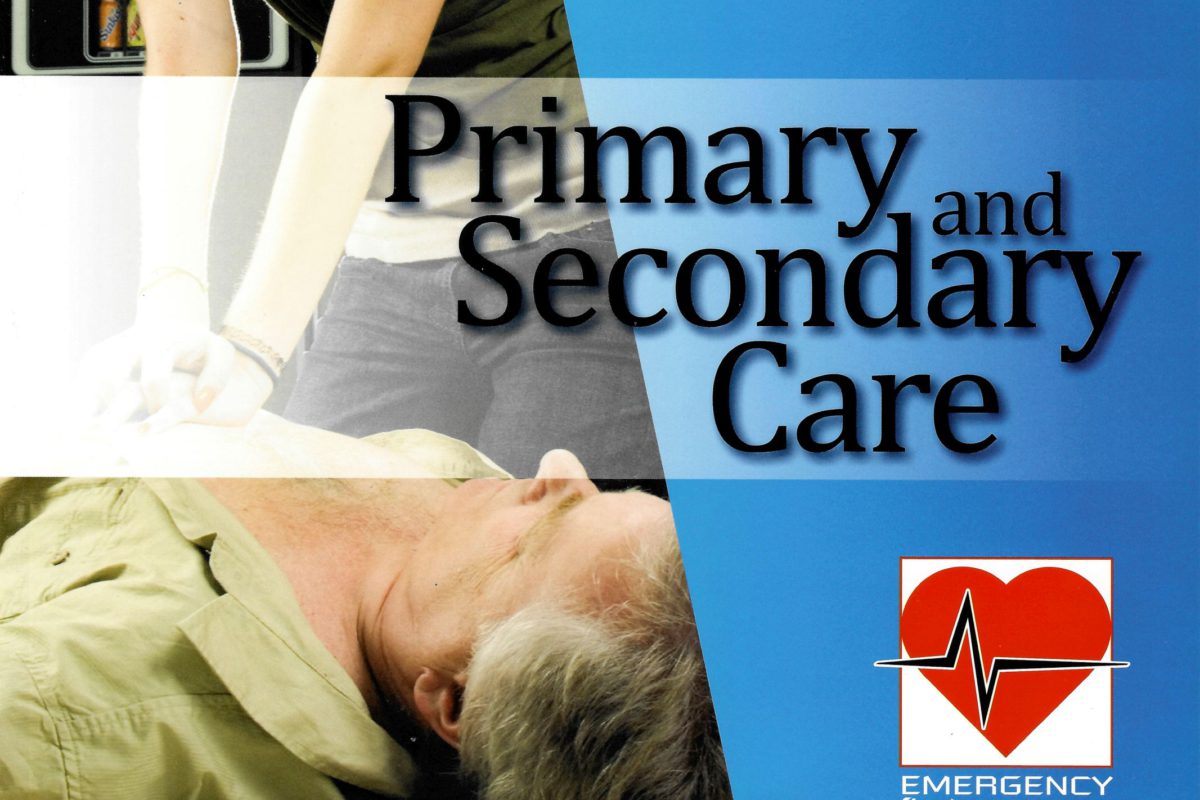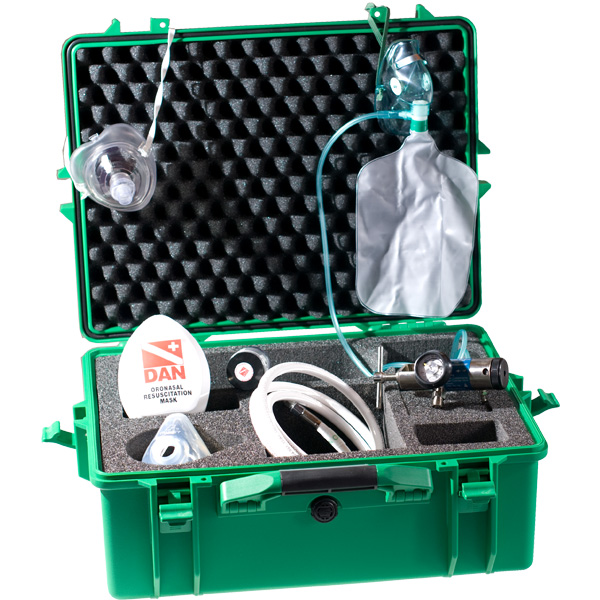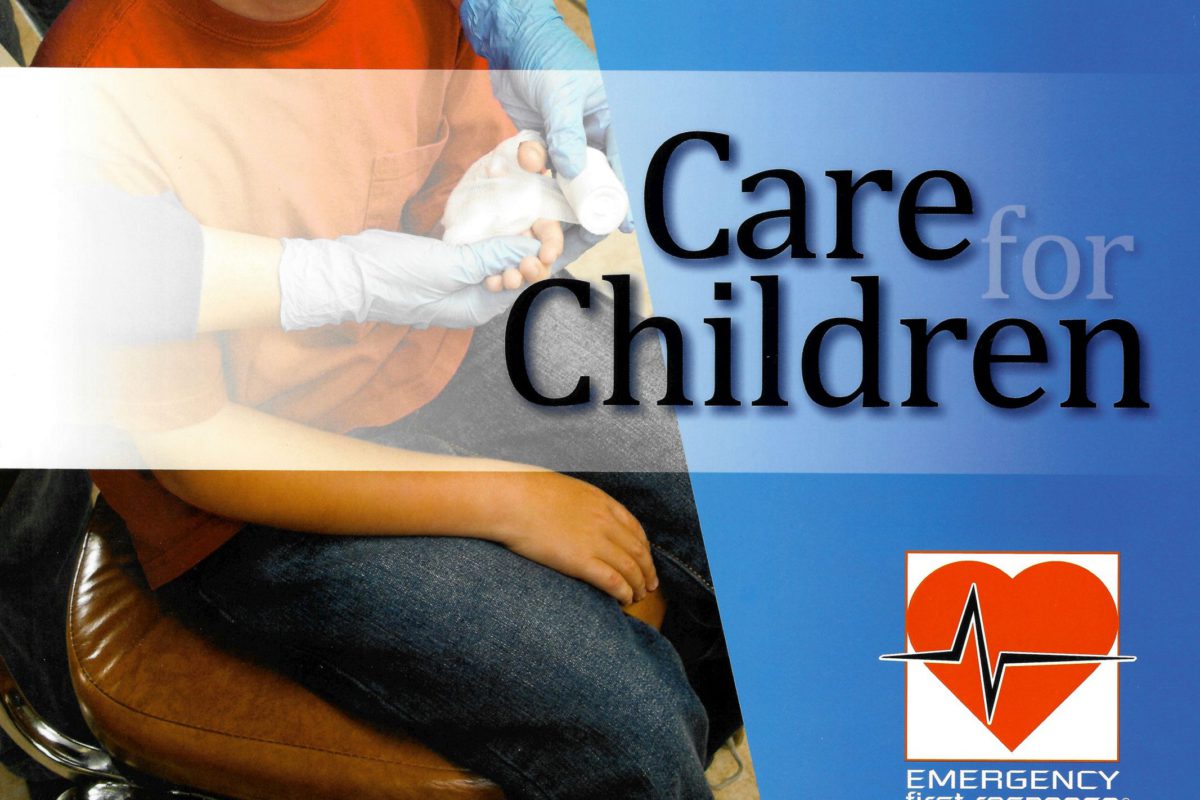Additional information
| Course duration | 0.5 Day |
|---|---|
| Available in (language) | Dutch, English, PADI Languages |
| Minimum Age (years) | 8 |
Knowing how and when to administer emergency oxygen is a great skill to have. It means that you are ready and able to help others in an emergency. Becoming a PADI Emergency Oxygen Provider lets you breathe easy knowing that you can recognize scuba diving illnesses treatable with emergency oxygen, and are prepared to offer aid. There are no prerequisites, age restrictions or water sessions required for this course – it’s open to everyone. Scuba divers, snorkelers and anyone who is around divers – boat crew, lifeguards, etc. The course is for divers, snorkelers and actually for anyone who engages with divers – boat crew members, lifeguards and lifeguards, etc. – will benefit from having this training.
In a lot of countries, the administration of oxygen is restricted to trained professional, which means you can only administer oxygen if you are trained to do so, as is the case in The Netherlands. With PADI Emergency Oxygen Provider certification you may qualify as such.
Oxygen, water, and food are fundamentally important to all animals. Of these three basic essentials for the maintenance of life, the lack of oxygen leads to death most rapidly. First aid with emergency oxygen is useful or necessary as a treatment for many injuries, diseases and intoxications that interfere with oxygen reaching the blood or tissues. For recreational scuba divers, emergency oxygen is the primary first aid given to individuals suffering from a near drowning or decompression illness (lung overexpansion injuries and decompression sickness). Providing emergency oxygen has become the standard of practice for treating injured scuba divers since it provides oxygen to starved tissues and aids in bubble reduction.
Having emergency oxygen immediately available at dive locations is especially important to divers suffering from these maladies. Along with the availability of oxygen at dive sites, first responders must know how to provide oxygen in an emergency.

The course consists of a Theoretical part and a Skill Development part. The theoretical part can be done largely at home and consists mainly of reading the course book and taking the knowledge test. We will discuss the Knowledge Review and go through all the questions you still have.
We will cover:
In the Skill Development we will focus on the following Emergency Oxygen Unit.
We will cover:
At Divi Diving we sell DAN Emergency Oxygen Units so you can buy your own. See DAN Emergency Oxygen Unit for the possibilities
| Course duration | 0.5 Day |
|---|---|
| Available in (language) | Dutch, English, PADI Languages |
| Minimum Age (years) | 8 |

Someone cuts his finger in a kitchen. At a gym, an older gentleman collapses from a heart attack. During a sporting event, a young boy faints from standing too long. Two automobiles collide, seriously injuring the occupants. A youngster floats motionless, face down in a swimming pool. A diner at the next table chokes on food, unable to breathe.
It happens every day. Some of these people just need a helping hand while others will die or suffer serious permanent injury if not immediately attended to. Many things separate those who live and escape serious disability from those who die or suffer long after their misfortune: the individual’s fitness and health, the severity of the initial incident, the distance from medical care and often, just plain luck. No one can control these variables.
But there’s one variable you can control when you’re on the scene of any medical emergency: You. Often, life versus death or complete recovery versus long-term disability lies with a layperson first responder providing care between the emergency’s onset and the arrival of professional medical personnel. If you are there, you can provide that care. You can be an Emergency Responder. As a layperson, you can’t guarantee that a patient will live or fully recover – there’s too much beyond anyone’s control – but you can feel confident that given the circumstances, everything that could be done will be done.
If you’re not familiar with emergency care procedures, it can seem intimidating and complex. What do you do? For that matter, how do you know what to do first? Such questions may appear overwhelming, but actually, they’re not. If you can remember a simple memory word, you’ll know what to do. This is because no matter what the nature of a medical emergency, you follow the same steps in the same order, providing basic care based on what you find. In the Emergency First Response Primary Care (CPR) and Secondary Care (First Aid) courses, you’ll learn to follow the necessary steps in the right order, so you do the right things at the right time. You’ll learn to apply first responder care following the same priorities used by medical professionals.


If you interact regularly with children, you know that accidents happen. Fortunately, most often these incidents are insignificant, resulting in simple scrapes and bruises. Children (and parents) generally accept that minor injuries and illnesses are part of growing up. However, there are times when children suffer from significant medical problems. Automobile accidents, serious falls, choking, serious bleeding, near drowning, poisoning and allergic reactions can be very frightening and devastating for children, parents and rescuers alike.
By becoming an Emergency Responder and learning how to handle situations involving injured or ill children, you are empowered to make a difference. You can’t control all the variables, but you can offer assistance that may improve a child’s chances of a positive recovery. If you are willing to jump in and help, you become an important link between the problem’s onset and the arrival of professional medical personnel. Again, you can’t guarantee the final outcome, but you’ll know that you did all that could be done.
As you’ll learn throughout this course, emergency procedures are easy to remember. By approaching each medical emergency following the same steps in the same order, you can provide basic life support in the correct priority of care. These steps are consistent with the priorities used by medical professionals. For life-threatening emergencies, your quick action can start a child down the road to recovery and make for a smooth transition to professional care.
In the Emergency First Response Care for Children course, you’ll also learn how to deal with injuries and illnesses that are not immediately life threatening. You always start with primary life-threatening concerns to ensure there’s no imminent threat, then go on to provide secondary care (first aid) that reassures and reduces the risk of further harm. The steps for this follow up care can help you determine whether professional medical treatment is necessary, or if basic first aid will solve the problem. Sometimes, secondary care is as simple as properly bandaging a wound and sending the child back out to play.